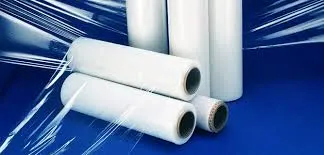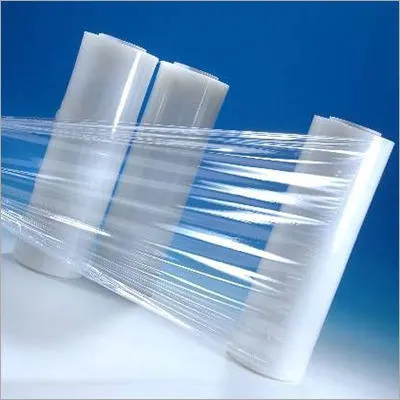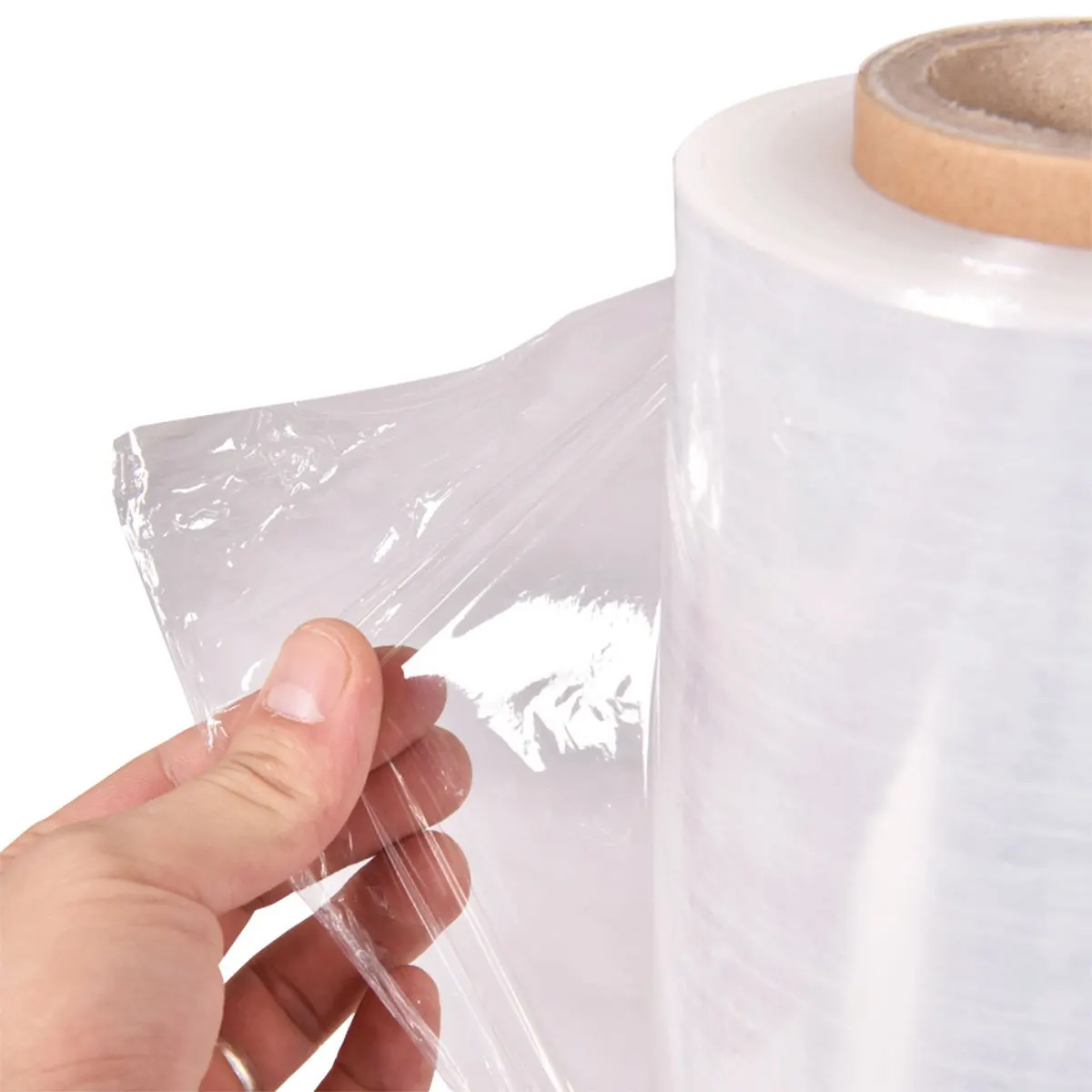- 800-277-7007
- ISO 9001:2015 Certified Company
Stretch Wrap - Is Pre-Stretch Wrap Better?
Both pre-stretched wrap and non-stretched wrap offer a variety of benefits and drawbacks when compared to each other. One of the biggest differences between the two is the amount of give when applying the wrap. Pre-stretched wrap film has already been stretched close to its breaking point before it was wound onto the rolls. As a result, it doesn’t require that same amount of energy or manual manipulation that traditional stretch wrap does. This allows hand application to be as efficient, in terms of load stability. as machine applications.


The traditional stretch wrap needs to be stretched out around 150 percent to be at maximum efficiency, yet the average worker only gets to about 115 percent stretch. This results in less stable loads and more product loss over time. Pre-stretched film eliminates this time-consuming part of the packaging process and helps stabilize loads properly.
Due to the lack of stretch that can be applied by the average worker, shipments are not as stable as they would be with a pre-stretched film. When using pre-stretched wrap film, you achieve a higher film memory than you would with traditional hand wraps, thus the stability that pre-stretched wrap provides will help ensure that products get to their destination still wrapped nicely, but more importantly, without as much damage as they would with traditional hand film.

The pre-stretched wrap also allows for more productivity from an employee standpoint. Because of the reduced amount of physical exertion required to stretch the film, fatigue is less of a factor for employees, resulting in quicker wrapping and an increase in the volume of products being wrapped daily. A pre-stretched film can also be used walking forward, allowing workers to navigate the pallet quicker during application. The pre-stretched rolls are much lighter than traditional films, which means more workers will be able to handle it. The pre-stretch film has another cost-saving benefit associated with employee health. With its unique properties, pre-stretch film reduces unnecessary torque on the body and vastly reduces the slip and fall incidents that have been known to go along with stretch film application.
As far as cost benefits are concerned, a pre-stretched film can produce a decrease in overall shipping cost because of the lesser amount of wrap used compared to traditional stretch film. Usually, about half as much pre-stretch film is needed compared to traditional stretch wrap, setting up a cost savings of about 25 to 40 percent. The pre-stretched film also provides a consistent, uniform covering that eliminates the guesswork associated with inconsistent traditional wrapping. This film also has reinforced edges due to the stretching process, eliminating the film loss you have with the traditional film if the film is dropped.
The pre-stretch wrap provides some environmental advantages as well. The film has great clarity, allowing for inspection without any waste or re-wrapping. In addition, since you are using less than a traditional wrap, to begin with, there is less waste overall to dispose of after delivery.
To summarize, if you are looking for a product that is more efficient than traditional stretch film, will increase user productivity while eliminated needless risk, and be more cost efficient on both the product and HR fronts, then it might be time to switch from traditional stretch wrap to pre-stretched wrap.


